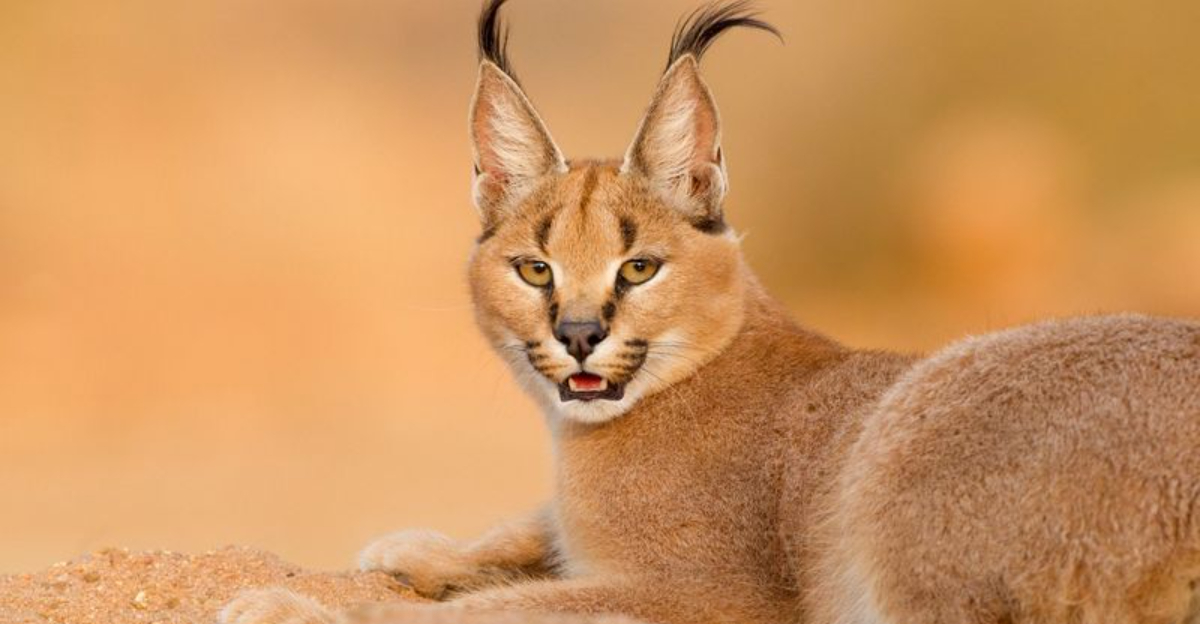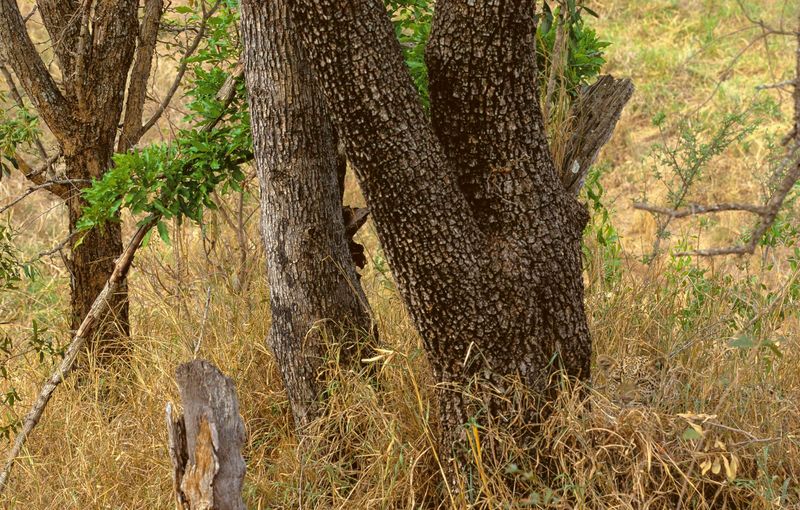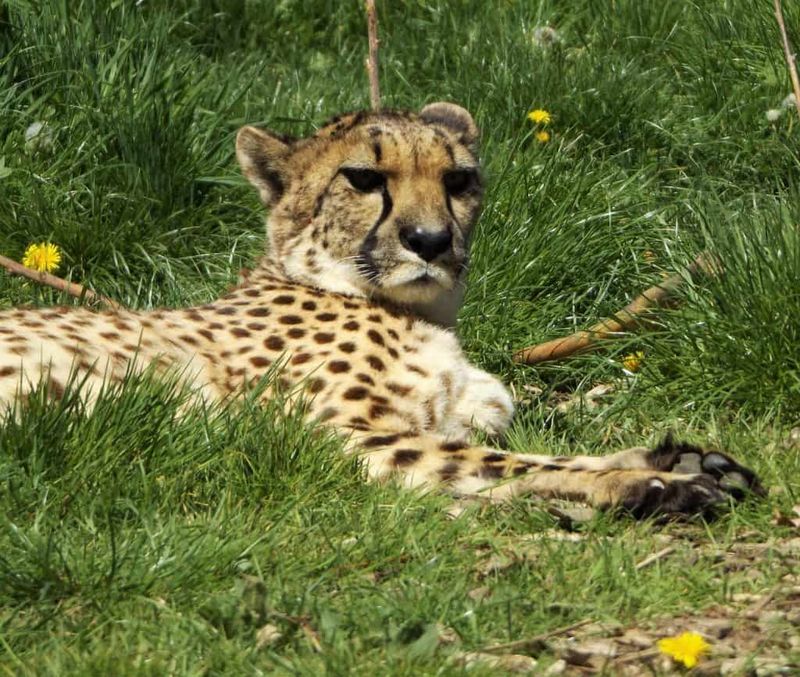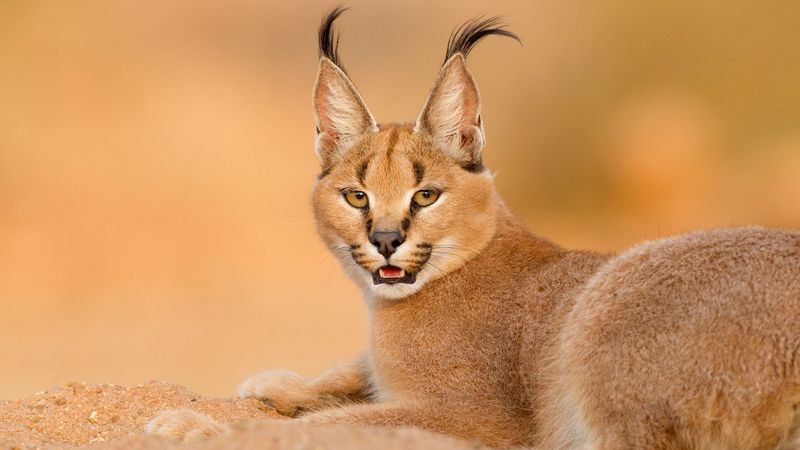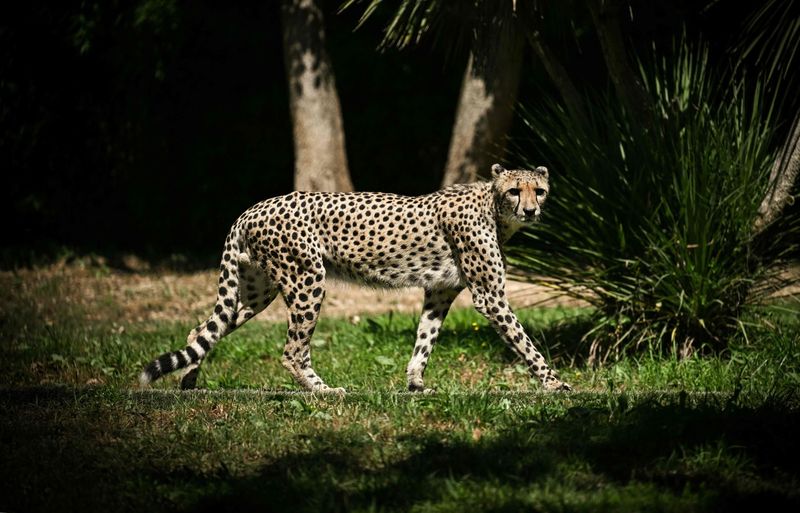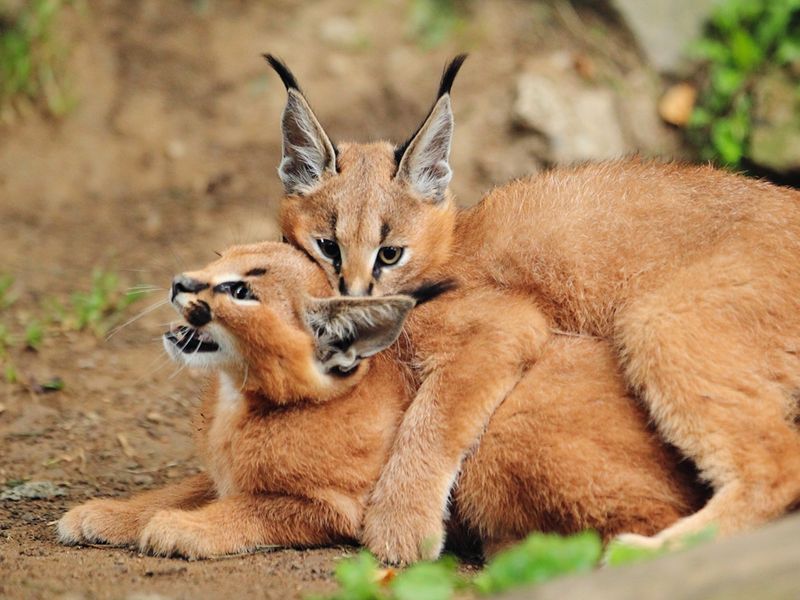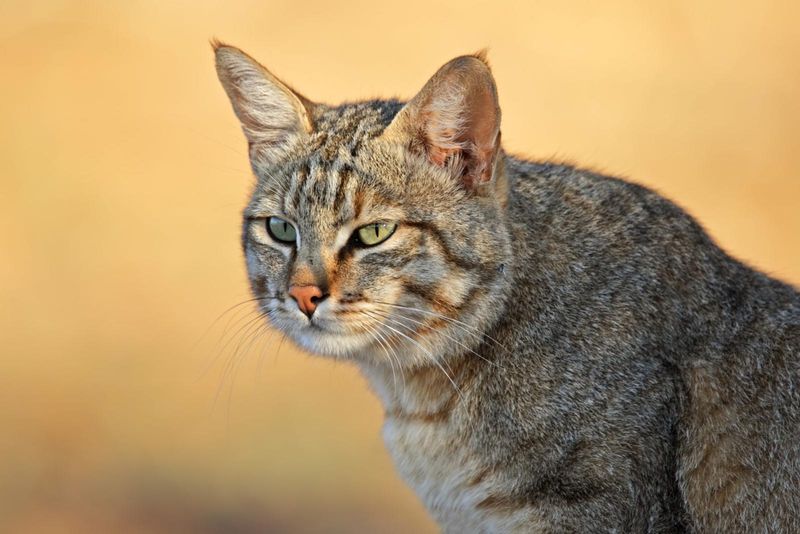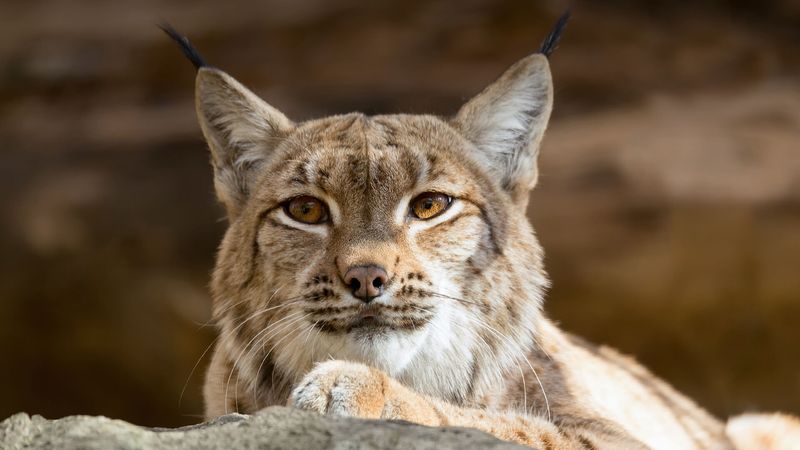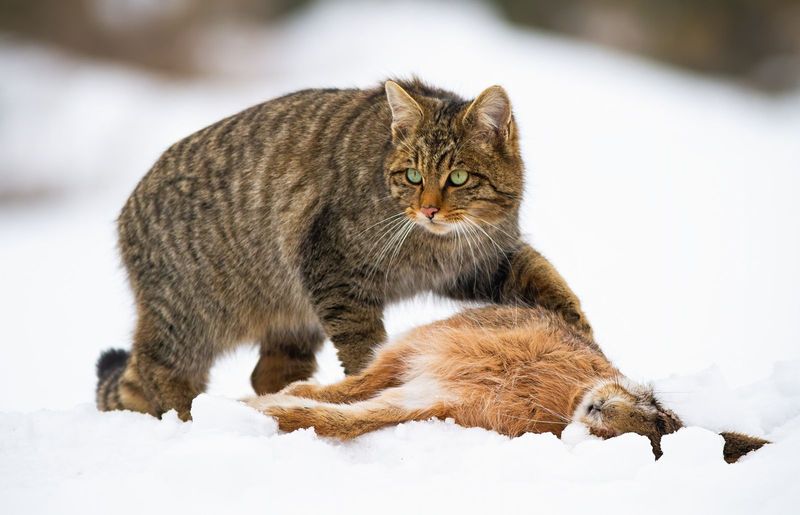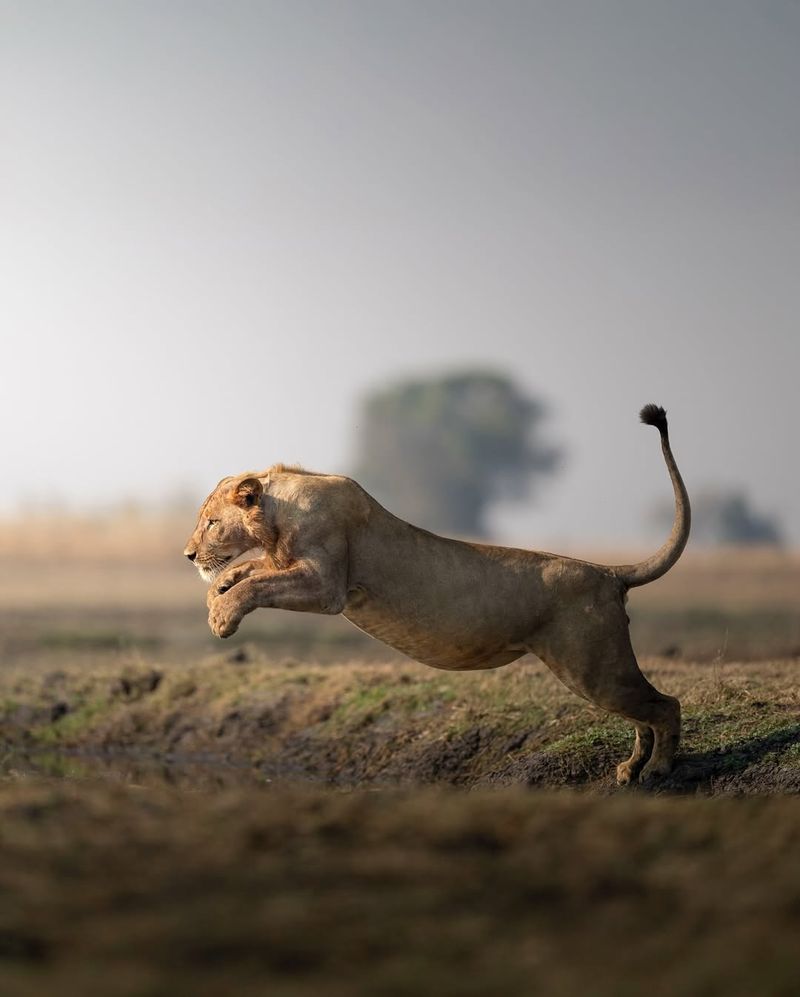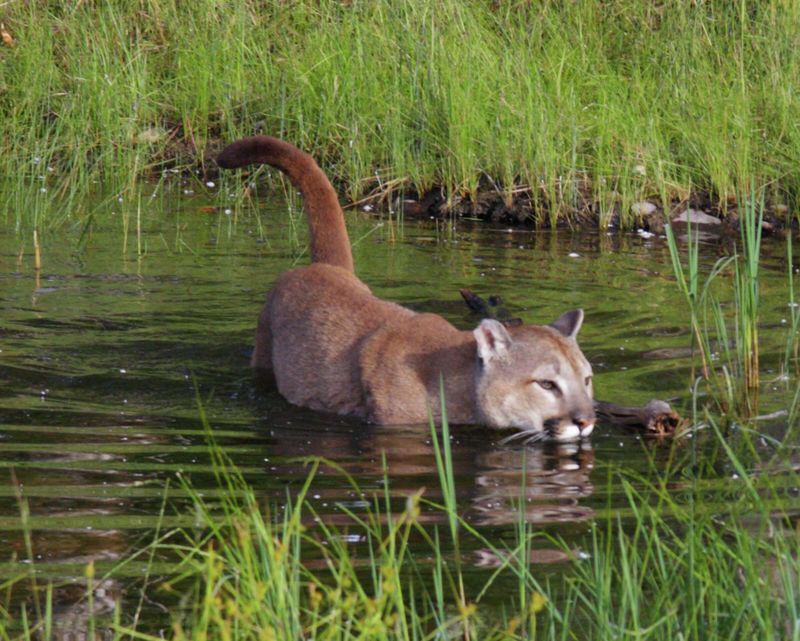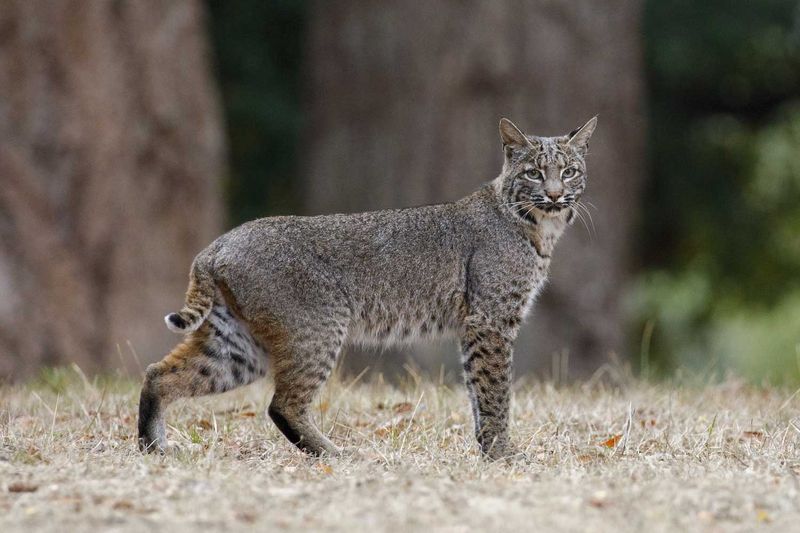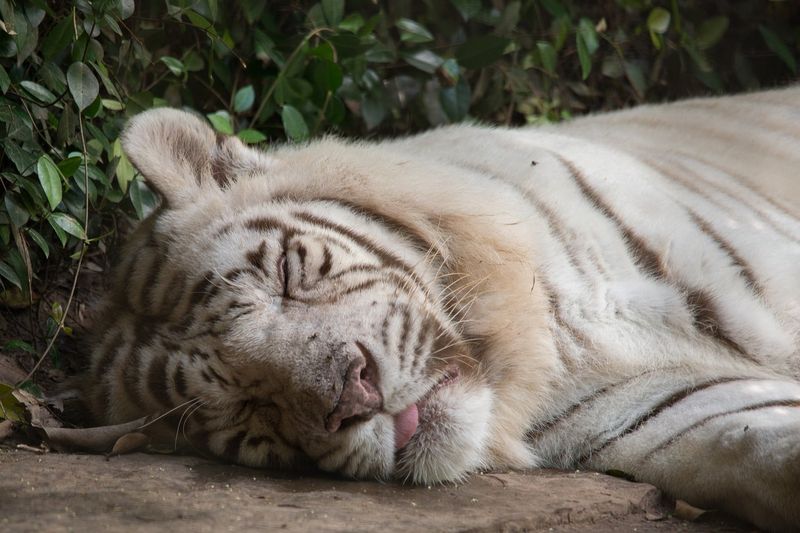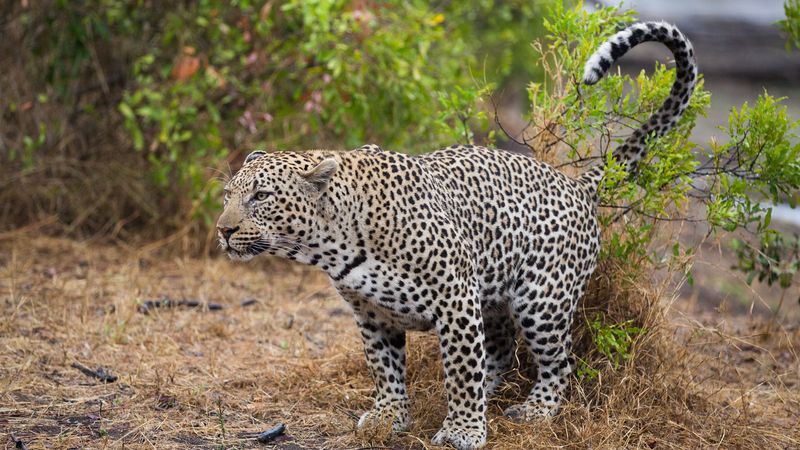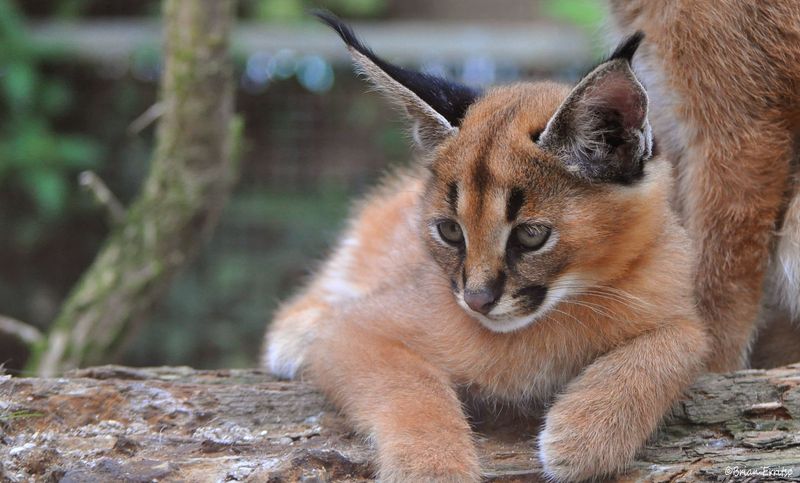📖 Table of Content:
- 1. Camouflage and Coat Patterns
- 2. Powerful Night Vision
- 3. Retractable Claws
- 4. Strong Jaw and Sharp Teeth
- 5. Flexible Spine and Agile Bodies
- 6. Enhanced Hearing
- 7. Whiskers for Navigation
- 8. Stealthy Movement
- 9. Efficient Hunting Techniques
- 10. Exceptional Jumping Ability
- 11. Water Adaptability
- 12. Tail for Balance and Communication
- 13. Efficient Metabolism and Energy Conservation
- 14. Territorial Marking and Communication
- 15. Rapid Reproductive Adaptation
Ranging from the swift cheetah to the elusive snow leopard, have evolved an array of remarkable adaptations that help them survive in diverse habitats. These adaptations include physical traits such as retractable claws, sharp teeth, and powerful limbs, all of which contribute to their efficiency as hunters. Their keen senses, including exceptional night vision and acute hearing, allow them to detect prey even in challenging conditions. These evolutionary advantages make wild cats some of the most formidable predators in the animal kingdom.
Beyond physical attributes, wild cats exhibit a range of behavioral adaptations that enhance their survival. Many species mark their territories using scent glands or claw marks, helping them avoid unnecessary conflicts with rivals. Their hunting techniques vary based on their environment—cheetahs rely on speed to chase down prey, while leopards use stealth and ambush tactics. These behaviors, honed through generations of evolution, ensure they maximize their chances of securing food. Such instincts play a crucial role in maintaining balance within their ecosystems.
Each of these adaptations highlights the incredible evolutionary journey that has shaped wild cats into the apex predators they are today. From the dense jungles to the harshest mountain ranges, these creatures have mastered survival through a combination of physical prowess and behavioral intelligence. Their ability to adapt to changing environments is a testament to their resilience and evolutionary success.
1. Camouflage and Coat Patterns
Leopards and ocelots boast intricate coat patterns that serve as perfect camouflage. These natural designs help them blend seamlessly into their surroundings, whether it’s the dappled light of a forest or the shifting sands of a desert. Such camouflage not only aids in stalking prey but also in evading potential threats. By breaking up their silhouette, these patterns make it challenging for both prey and predators to spot them. This evolutionary trait is crucial for ambushing unsuspecting prey, allowing cats to approach closer without detection. The advantage of effective camouflage is essential for survival in the wild.
2. Powerful Night Vision
Wild cats possess extraordinary night vision, thanks to their large eyes filled with rod cells. These specialized cells enhance their ability to see in low-light conditions, a critical advantage for nocturnal hunting. The reflective layer behind their retinas, known as the tapetum lucidum, further improves their night vision by reflecting light back through the retina. This adaptation allows them to detect the slightest movements of prey in the dark, making them formidable nighttime hunters. Their ability to navigate and hunt in the cover of night sets them apart from many of their prey species, offering a significant survival edge.
3. Retractable Claws
Claws remain sharp by retracting into protective sheaths when not in use. This adaptation ensures that the claws are always ready for action, whether gripping prey or scaling trees. The ability to extend claws only when necessary minimizes wear and tear, maintaining their effectiveness as weapons and tools. Moreover, retractable claws aid in silent movement, as they can be withdrawn to prevent making noise on hard surfaces. This trait is indispensable for both stealthy stalking and offensive attacks in the wild.
4. Strong Jaw and Sharp Teeth
With a powerful bite force, they can subdue large prey efficiently. Canine teeth are designed to pierce and hold onto flesh, while their molars, known as carnassials, slice through meat with precision. This dental configuration allows wild cats to consume their prey thoroughly, ensuring they derive maximum nutrition. The combination of a strong jaw and sharp teeth is not only vital for hunting but also for self-defense against rivals and predators. This set of dental tools underpins their success as top-tier predators.
5. Flexible Spine and Agile Bodies
The spine structure allows for an extended range of motion, crucial for executing rapid, precise movements during a chase. This flexibility is coupled with strong, muscular builds that power their swift sprints and sudden changes in direction. Such physical prowess enables them to close the gap on fleeing prey or navigate difficult terrains with ease. These adaptations not only aid in capturing prey but also in escaping potential threats, reinforcing their reputation as agile and efficient hunters in the animal kingdom.
6. Enhanced Hearing
All wild cats possess an acute sense of hearing, with species like caracals and servals having particularly large ears. These ears can detect a wide range of frequencies, including high-pitched sounds emitted by small prey. Their ability to rotate their ears independently allows them to pinpoint the exact location of sounds, even those that are faint or distant. This heightened sense of hearing is invaluable for hunting, especially in dense vegetation or at night when visibility is limited. By relying on sound, wild cats can detect and track prey, enhancing their hunting success and overall survival in diverse environments.
7. Whiskers for Navigation
These sensitive hairs detect changes in airflow and vibrations, offering critical information about nearby objects and potential obstacles. In the dark, whiskers aid in spatial awareness, helping cats determine if they can fit through tight spaces or if there are obstacles in their path. This sensory adaptation is especially useful for nocturnal and crepuscular hunting, where visibility might be compromised. Whiskers also play a role in social interactions, providing cues about a cat’s mood and intentions, enhancing their communication with others.
8. Stealthy Movement
Padded paws soften their footsteps, allowing them to move silently across various terrains. The combination of padded paws and retractable claws means they can tread quietly without alarming their prey. This silent approach is critical for successful stalking, as it allows wild cats to get within striking distance before launching an ambush. In environments where stealth is paramount, this ability to move unnoticed offers a significant advantage, increasing their chances of securing a meal and ensuring their survival in the wild.
9. Efficient Hunting Techniques
Different wild cat species have developed specialized hunting techniques suited to their environments. Cheetahs, for instance, rely on incredible speed and agility to chase down fast-moving prey. Tigers, on the other hand, employ stealth and power, often ambushing their prey from a concealed position. These diverse hunting strategies highlight the adaptability of wild cats to various ecological niches. By honing techniques that maximize their physical capabilities, wild cats improve their hunting success rates. Whether by speed, strength, or stealth, these approaches ensure they remain at the top of the food chain, maintaining their role as apex predators.
10. Exceptional Jumping Ability
Powerful hind legs allow these felines to leap great distances, crucial for both hunting and evading threats. This jumping prowess enables them to catch prey that might be out of reach or to escape predators by quickly ascending trees or other high places. Such agility and power in their leaps are a testament to their evolved muscular strength and coordination. Jumping is not only a hunting tool but also a means of exploring their territory, making it a versatile adaptation for survival.
11. Water Adaptability
Unlike many domestic cats, certain wild cats, such as tigers and fishing cats, are adept swimmers. This water adaptability allows them to hunt aquatic prey and traverse waterways within their territories. Swimming provides these cats with access to resources that others may ignore. Their comfort with water also aids in cooling down in hot climates and evading land-based threats. This unique adaptation expands their ecological niche, allowing them to exploit environments that are inaccessible to less adaptable predators. Such versatility in habitat usage underscores their resilience and ability to thrive in diverse conditions.
12. Tail for Balance and Communication
The tails of wild cats serve multiple functions, including balance and communication. A long tail acts as a counterbalance when navigating tricky terrains or making sharp turns during a chase. This balance is crucial for species like the snow leopard, which often traverse rocky and uneven landscapes. In addition to physical benefits, tails are also used for communication, conveying signals to other cats through movements and positioning. A flick of the tail can indicate mood or intentions, playing an important role in social interactions. This dual functionality makes the tail an indispensable adaptation for survival in the wild.
13. Efficient Metabolism and Energy Conservation
The metabolic efficiency is supported by behaviors that help conserve energy, such as resting during the hottest parts of the day or during periods of low prey availability. By minimizing unnecessary exertion, these predators can sustain themselves even when food is scarce. Their ability to balance energy expenditure with intake is a crucial factor in their survival. In addition to their metabolic adaptations, wild cats adjust their activity levels based on environmental conditions. By being more active during times when prey is abundant and reducing movement when food is scarce, they optimize their energy use. This strategy ensures that they can endure long periods without food while remaining capable of powerful bursts of speed and strength when hunting opportunities arise. Such flexibility is essential for thriving in unpredictable ecosystems.
14. Territorial Marking and Communication
By marking their territory, wild cats signal their presence to rivals and potential mates, creating a structured environment that supports survival. These communication methods are especially important in species that are solitary and rely on clear territorial divisions. Scent marking is one of the most effective ways wild cats convey information about their identity and reproductive status. This is often done through urine spraying or gland secretions, leaving olfactory signals that persist for extended periods. In addition to scent, vocalizations such as roars, growls, or yowls help communicate warnings or mating readiness over long distances. These auditory signals are particularly important for species that inhabit dense forests or vast open landscapes, where visual cues might be less effective.
15. Rapid Reproductive Adaptation
By reproducing quickly, they can maintain population numbers despite losses due to predation or habitat challenges. Such reproductive flexibility is crucial for adapting to changing environments and ensuring long-term viability. This adaptation highlights the resilience of wild cats, enabling them to recover from population declines and maintain genetic diversity, essential for facing future ecological challenges. Their reproductive strategies underscore a key element of their evolutionary success.
